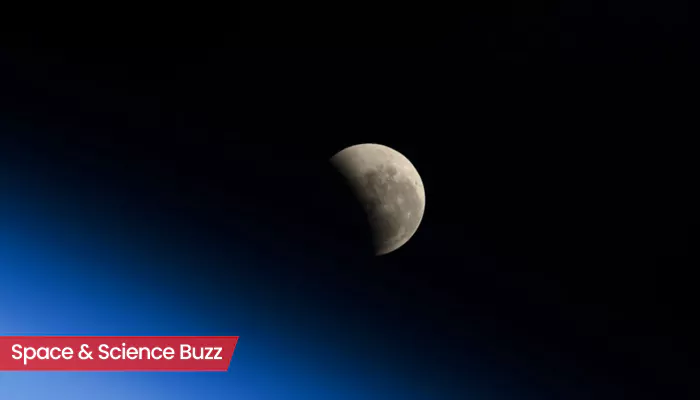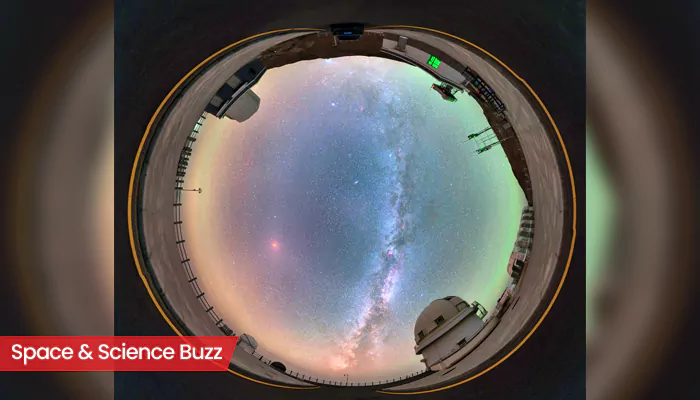Asteroid 2025 QV9
NASA recently sounded the alarm about a significant asteroid named 2025 QV9, currently on a trajectory that brings it relatively close to Earth. This celestial
body, estimated to be about 100 feet in diameter, is traveling at a staggering speed of over 10,000 mph. To put that into perspective, this is significantly faster than a commercial airliner. The speed combined with its size is the primary reason for NASA's alert. While the agency has not stated that the asteroid poses an immediate threat, the close approach requires careful monitoring and analysis by scientists. The space agency is constantly tracking near-Earth objects (NEOs) like this one, mapping their orbits and assessing potential risks.
The Threat Assessment
Understanding the potential impact of an asteroid like 2025 QV9 is crucial. While 100 feet might not seem enormous in cosmic terms, the energy released upon impact with Earth can be considerable. Such an impact could cause localized damage, depending on the terrain it hits. NASA's primary task is to precisely calculate the asteroid's trajectory to determine the probability of a collision. The agency utilizes advanced telescopes and sophisticated computer models to predict the object's future movements. It is important to note that even if there were a high chance of impact, NASA and other space agencies around the world have been developing strategies and technologies to deflect or mitigate potential threats from asteroids.
NASA’s Monitoring Efforts
NASA has a dedicated program focused on identifying, tracking, and characterizing NEOs. This program involves a global network of observatories and telescopes both on Earth and in space. These instruments gather data on the size, shape, rotation, and composition of asteroids. Based on the data, scientists can refine their orbital calculations and generate more accurate predictions of future positions. Additionally, NASA is actively working on developing and testing methods for planetary defense. This includes projects like the Double Asteroid Redirection Test (DART) mission, which demonstrated the ability to alter an asteroid's orbit. The continuous investment in NEO detection and deflection technologies is critical to protecting Earth from potential asteroid impacts.
September 10th Approach
The specific date that NASA highlights is September 10th, the day when 2025 QV9 is predicted to make its closest approach. However, 'close' in astronomical terms does not necessarily mean a threat. Even at its closest point, the asteroid will still be a considerable distance from Earth. The exact distance is part of the ongoing calculations. Scientists will be closely watching its path to refine the predictions. This involves taking into account factors like the gravitational influences of the sun and planets, as well as the effects of the Yarkovsky effect, which is a subtle force caused by the uneven heating and cooling of an asteroid's surface. This additional data helps refine predictions about the asteroid's future movements.
Public Awareness and Response
It is important to approach these announcements with a sense of perspective. While it's critical to stay informed, it’s equally important to avoid panic. NASA's goal is to keep the public updated on potential hazards. The agency releases information in a transparent and timely manner. In the event of a potential impact, the response would involve a coordinated effort between space agencies, governments, and scientific communities worldwide. This would likely involve analyzing data, issuing warnings, and, potentially, implementing mitigation strategies if necessary. The current alert underscores the importance of ongoing research and international collaboration in planetary defense.














